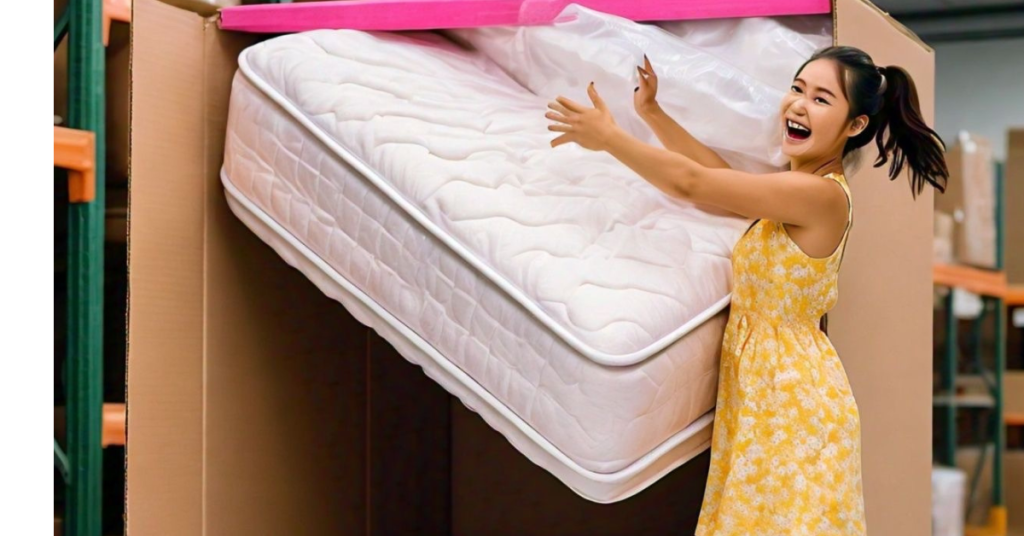
How Long Can a Mattress Stay Vacuum-Sealed?
Explore how long a mattress can stay vacuum-sealed and understand the factors that influence its longevity. Optimize your sleep experience with actionable insights and expert advice.
Vacuum-sealed mattresses have become a popular choice for many consumers due to their convenience and ease of transportation. However, the question of how long a mattress can stay vacuum-sealed is crucial to ensure its quality and performance. In this article, we will explore the factors affecting the longevity of vacuum-sealed mattresses and provide guidance on how to handle them.
Factors Affecting Vacuum-Sealed Mattresses
Table of Contents
ToggleMaterial Composition:
The type of material used in the mattress plays a significant role in determining how well it can withstand vacuum sealing. Memory foam and latex mattresses tend to be more resilient and can withstand prolonged vacuum sealing better than innerspring mattresses.
Duration of Storage:
The longer a mattress remains vacuum sealed, the more likely it is to develop issues such as compression marks, slow expansion, and material degradation.
Temperature and Humidity Conditions:
Environmental factors like extreme temperatures and high humidity can affect the quality of the mattress during vacuum sealing.
Manufacturer Recommendations vs. Real-World Practicality
Guidelines Provided by Manufacturers:
Most manufacturers advise unsealing a vacuum-packed mattress within a few months from delivery to ensure optimal performance and prevent potential issues.
Anecdotal Evidence and Case Studies:
Some users have successfully unsealed mattresses stored for over a year with minimal issues, while others have reported problems with expansion and comfort.
Unsealing and Restoring Your Mattress
Proper Unsealing Techniques:
Carefully cut the vacuum seal to avoid damaging the mattress, and allow time for the mattress to fully expand and air out.
Tips for Restoring Mattress Shape and Comfort:
Lay the mattress on a flat surface to promote uniform expansion, and gently massage compressed areas to encourage shape restoration.
Risks of Extended Vacuum Sealing
Material Degradation:
Prolonged vacuum sealing can cause the mattress materials to break down, leading to a loss of support and comfort.
Permanent Deformation:
Some mattresses may not return to their original shape or feel after extended vacuum sealing.
Warranty Considerations:
Storing a mattress sealed beyond the manufacturer’s recommendation may void the warranty.
Final Thoughts
The duration a mattress can stay vacuum-sealed varies based on factors like material composition, storage conditions, and manufacturer recommendations. While it is generally advised to unseal a mattress within a few months, real-world experiences show varying outcomes. By understanding the decompression process, considering room temperature, and following manufacturer guidelines, you can ensure optimal comfort and performance when unsealing a vacuum-packed mattress.
Frequently Asked Questions
Yes, it’s okay to vacuum pack a mattress for shipping or storage. It compresses the mattress, making it easier to move. Just remember to unseal it within a few weeks to maintain its shape and comfort.
Yes, vacuum-packed mattresses are good. They’re convenient for shipping and storage. Once unpacked, they expand to their full size and offer comfort similar to traditional mattresses.
People vacuum their mattress to compress it for easier transportation and storage. Vacuum sealing removes air, making the mattress smaller and more manageable.
Memory foam mattresses can stay compressed for 2-4 weeks without damage. Longer compression may lead to material degradation and warranty issues.
